Westinghouse Sylvestre 5-Light Brushed Nickel Chandelier
5-light design offers all-around illumination. Robust frame with an adjustable chain and a brushed nickel finish. Holds medium base bulbs (60-watt maximum).
The Westinghouse Sylvestre 5-Light Chandelier features a brushed nickel finish and a sophisticated design. Five lights, covered by cylindrical frosted seeded glass shades, provide bright illumination. This fixture’s minimalist lines adds a modern touch to the chandelier. Install this fixture in your 2-story entryway, kitchen, or dining room. The chain mount makes it ideal for rooms with high ceilings. Wherever you place it, you will enjoy the fixture’s radiant light and modern design. Westinghouse is a trusted, global brand. Westinghouse knows lighting and offers products with exceptional quality, reliability and functionality. Product reference number 62274.
- For energy savings, use five 60-watt equivalent LED bulbs (sold separately)
- 5-light chandelier brings sophisticated style to dining rooms, living rooms or foyers
- Chandelier height is adjustable to suit your needs
- Uses 5-60-watt medium base bulbs (not included)
- Brushed nickel finish with glass cylinder shades of frosted glass
- ETL/CETL listed for safety, backed by a 5-year limited manufacturer’s warranty against defects in materials and workmanship
- Includes installation instructions and mounting hardware
- Fixture measures 18-1/2 in. x 20-5/8 in. (H x D), cord 120 in. long, chain 36 in. long, maximum hanging length 58-1/4 in.
Additional information
| Chain Length (in.) | 36 |
|---|---|
| Fixture Depth (in.) | 2.63 |
| Fixture Height (in.) | 18.5 |
| Fixture Weight (lb.) | 7.74 |
| Fixture Width (in.) | 2.63 |
| Maximum Hanging Length (in.) | 36 |
| Mounting Deck Height (in.) | 0 |
| Mounting Deck Width (in.) | 5 |
| Certifications and Listings | ETL Listed |
| Manufacturer Warranty | 5 Year |

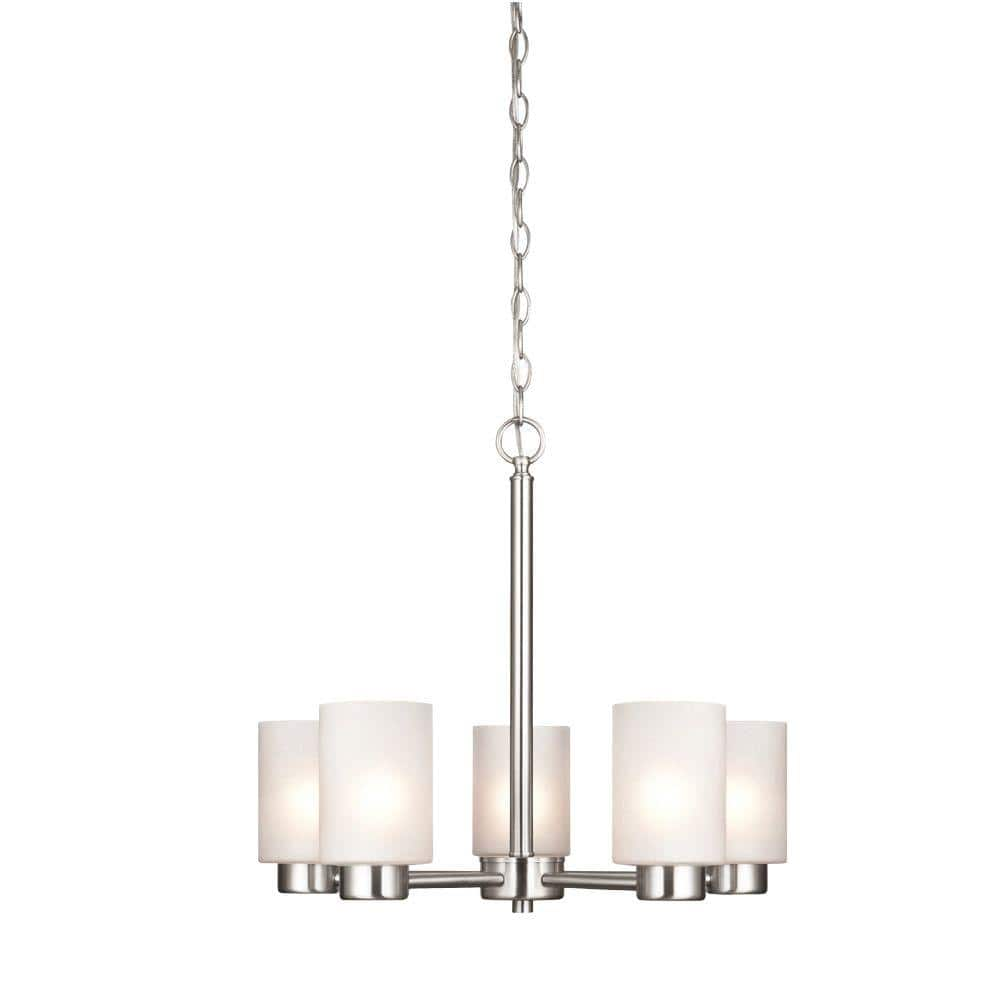
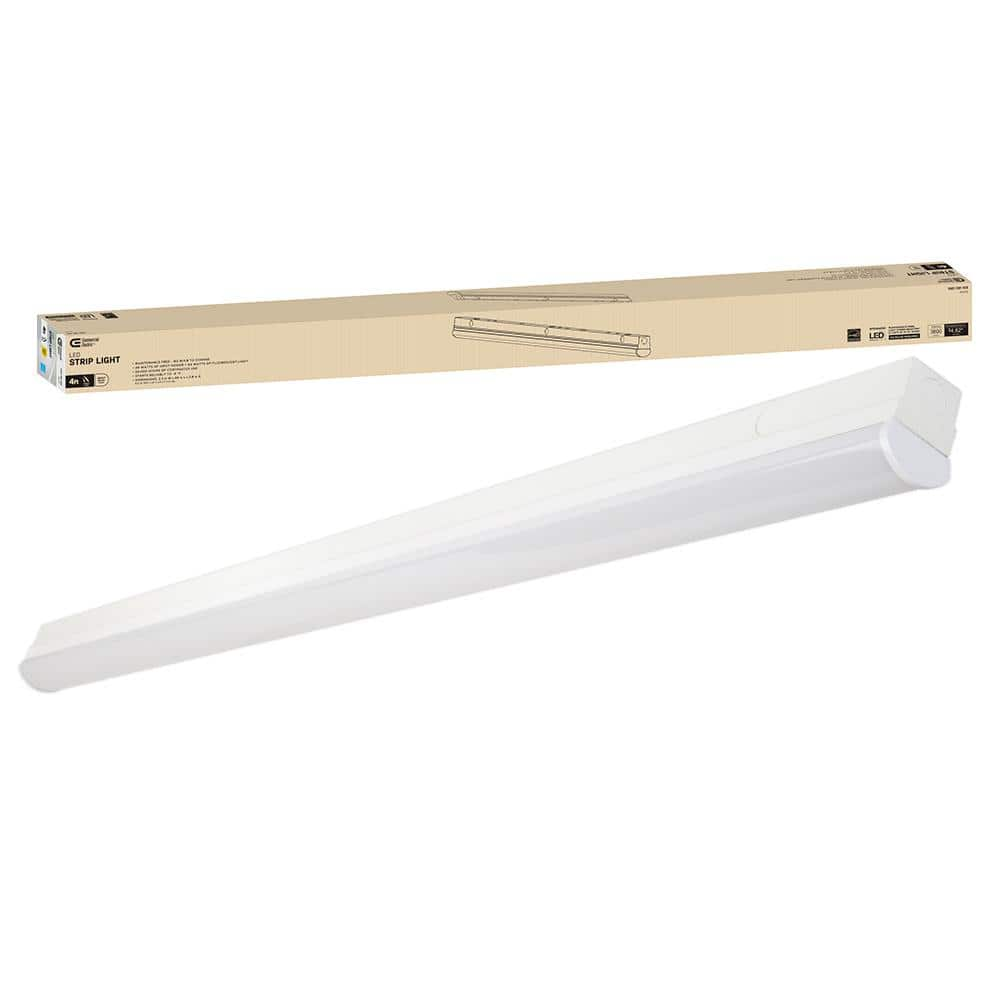
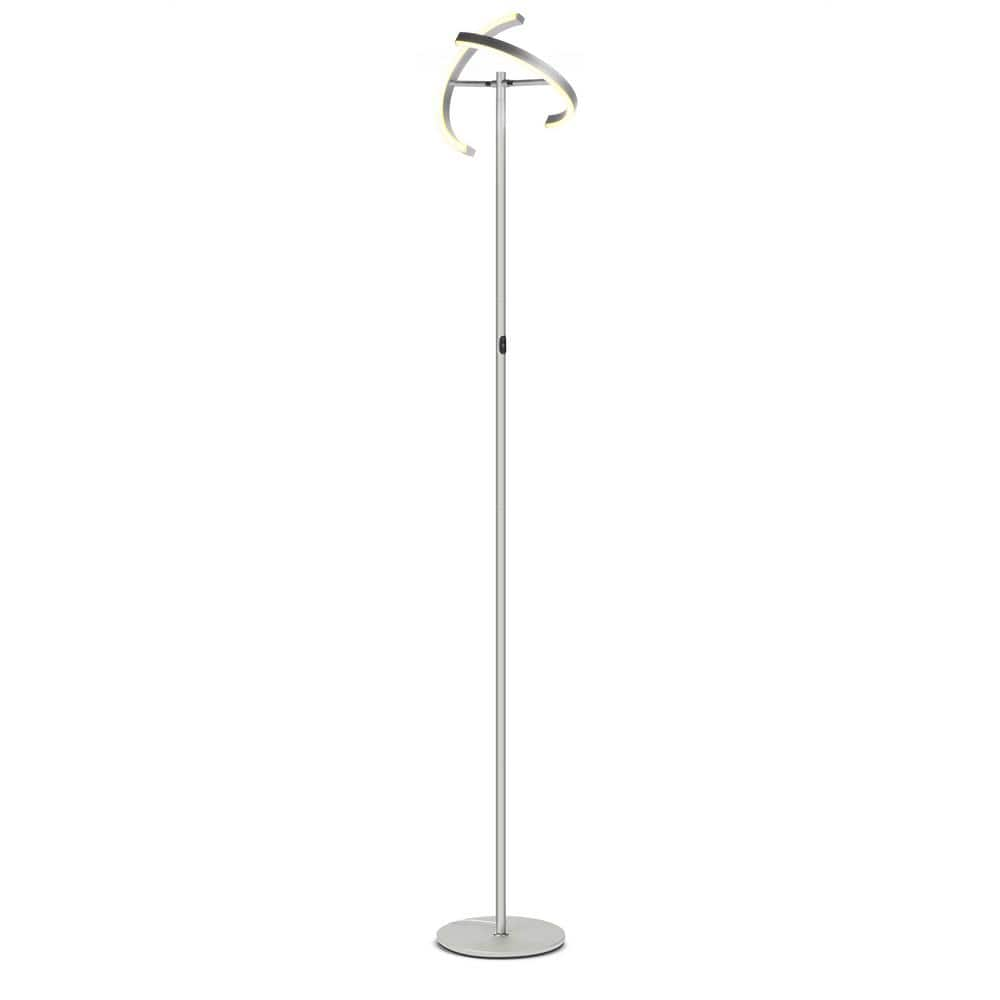
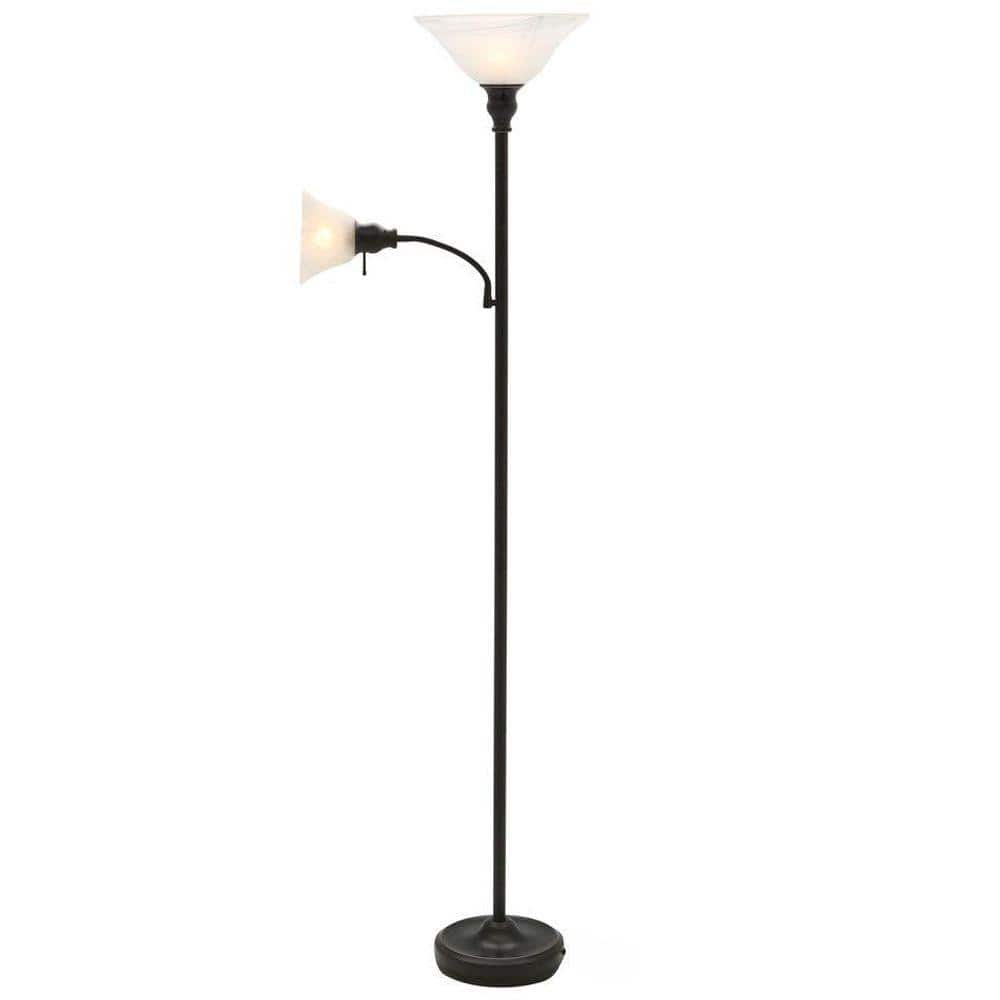
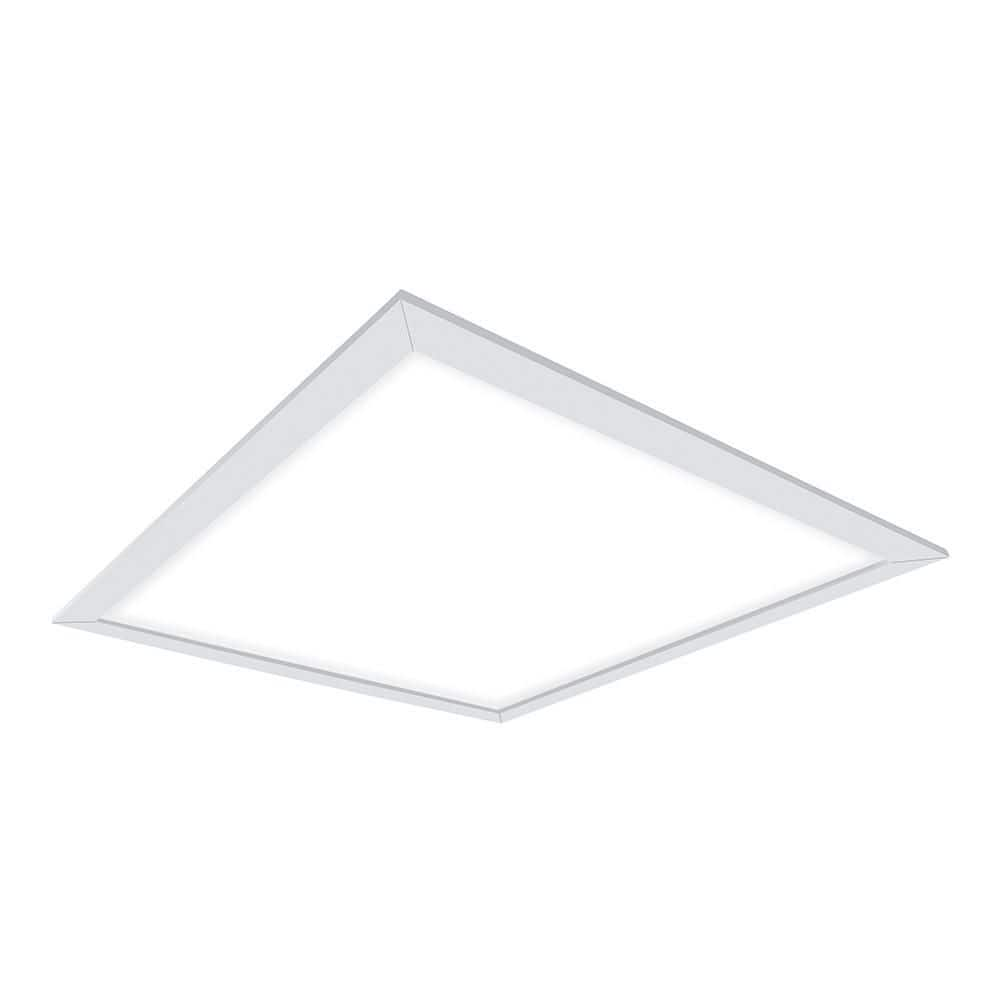
by Richard
Delivered as promised. Very easy to install. Looks great in my dining room.
by Rooster
Great Product, Excellent appearance and easy to install.
by Claudia
Clean, modern and elegant style.
by Jennifer
Very simple assembly.
by Acal
Looks very nice and modern.
by Maxwell
Nice light. very bright with 5 bulbs. Probably be smart to use a dimmer switch.
by William
Looks great!! Easy to install.